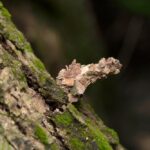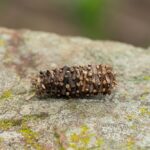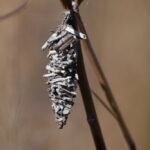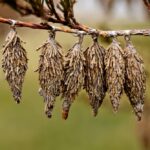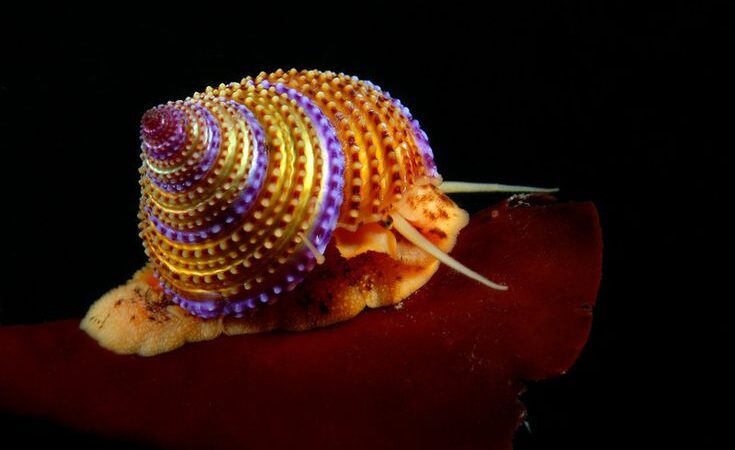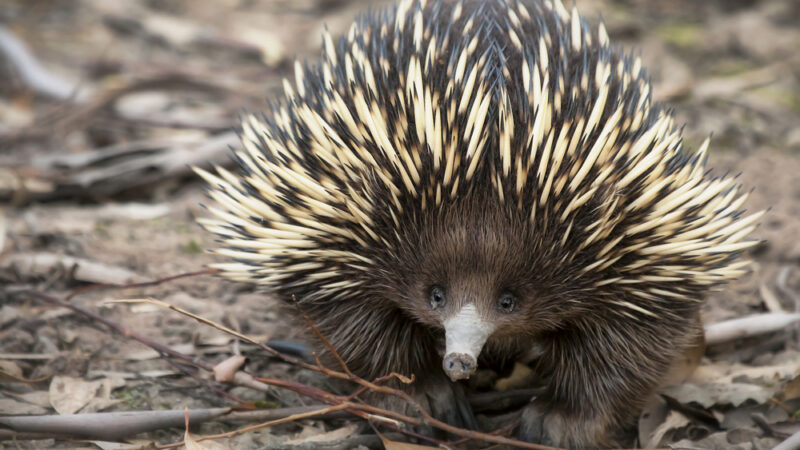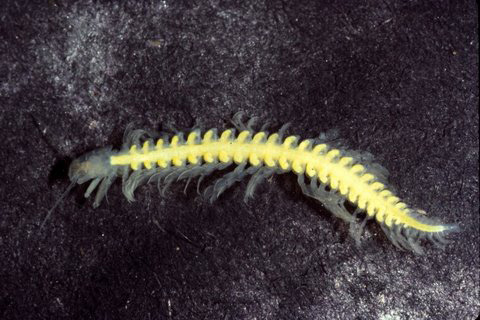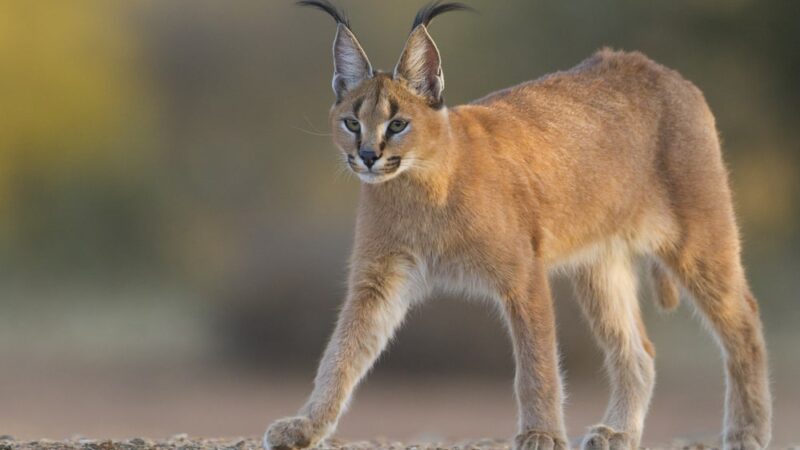Bagworm Moth
Shelter for Animal | Bagworm moth | These Caterpillars (Psychidae) seem just like any other family of moths. What makes them unique enough to justify, the way in which their caterpillars cocoon themselves bagged one moth caterpillars build their cocoons out of sand small sticks and leaves.
Bagworm moth caterpillars
Bagworm moth caterpillars essentially build themselves little log cabins that they carry around in them and then settle down to go through metamorphosis. Moths are insects and they’re actually bred and farmed on wattle trees because of hell protein-rich their pupil’s contrast Lee in South Africa and Namibia. They’re seen as huge pests due to their destructive actions against the local orange orchards and other fruit farms.
Bagworm moth habitat
The habitats in which the moth is found have a great effect on the types of houses. They make the distinctiveness of local architecture in different habitats is so pronounced that it is usually easier to tell species apart by looking at what they have built rather than the moth caterpillars themselves obviously tropical members of the family will be easily distinguishable from temperate ones by the type of wood and plant material, used in construction.
Some moths found in the Negev desert of Israel have been to use the feathery seeds of stalk bills to make what look like wigs diets.
Obviously depend massively upon where in the world the bagworm lives. However, they are all primarily herbivores but there were well over a thousand of these and so some have been seen to eat small arthropods. They may eat other things but normally has the time to check all 1,300 of them so let’s leave it at that they eat small amounts of vegetation tree bark, foliage, and even fruit.
Like the previously mentioned South African oranges when first laid the larvae are usually deposited straight onto a suitable plant for the larvae to eat just how flies lay their eggs in rotten meat it helps to provide an easy and instant meal for their young this is all that the females and the larvae eat.
Bagworm moth lifespan
However, as most males don’t eat anything at all. This is because they have such short lifespans only living long enough to mate and then die so no food is really needed. I suppose it’s a good motivation to find a mate quickly before they starve to death breeding is quite straightforward. The male fertilizes the female and the female then lays over a thousand eggs on a host plant the eggs hatch into larvae and then they begin to devour the host plant most of the time killing the whole thing in the process.
The larvae then go on to the pupa stage where they built their amazingly shaped cocoons out of material when the males then mature to adults. They will abandon their houses and fly off in search of a mate before they die the females generally stay in their little houses for the rest of their lives. As they only have vestigial wings and rely on their mates to find them the use of long-lasting cocoons provides many benefits to the Bhagwad moths.
It gives longer-lasting protection to the females who otherwise would have very few ways of defending themselves with no real wings.
The cocoons are also much tougher when made out of bark and sticks giving the pupa inside better chances of survival the materials used are always locally sourced and so blend in well to their environment camouflaging the bagworms from any potential predators most bagworm moths are considered pests by just about every farmer in the world.
The larvae can decimate host plants and damage crops first to the insects themselves include pesticides, insecticides, bird, spiders anything big enough and fast enough to catch them really even humans have been known to eat them but don’t worry the vast amounts of them and the vast number of species means they won’t die out any time soon.
Insects interesting game
Speaking of insects I would like to show you a very cool insect-based game that is currently being developed and needs your help to be completed insect Kingdom. A third-person survival game featuring highly accurate models of various insects that you’ll be able to play like this isn’t a sponsorship.
There is only one person working on this project fueled by their passion for learning and lifelong fascination with insects but what they’ve done so far is incredibly impressive the eventual goal of this game is to create a diverse world for you to explore as your chosen insect with engaging gameplay mechanics as well as a focus on education, were also being free of microtransactions.
There is a Kickstarter up at the moment as much as you can the world could really need some more good education-oriented games created that had a passion and not for money. check out the Kickstarter and hope you’ll consider helping to see this game through bagged one moth is found worldwide as they’re around 1,300 described species most notably in Madagascar.
Reference: Wikipedia, Britannica
